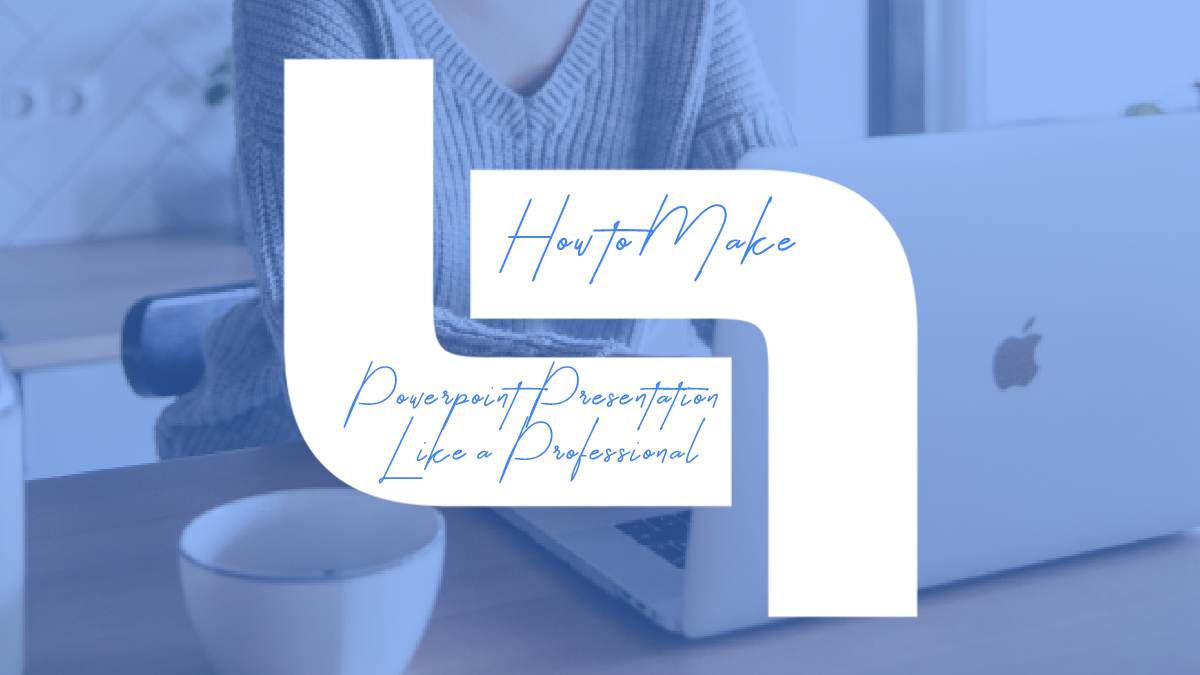Powerpoint presentations are ubiquitous in the modern workplace, but many people struggle to create them effectively. A poorly made presentation can distract and bore an audience, ultimately defeating the purpose of creating one in the first place. In this article, we’ll provide some tips on how to make a Powerpoint presentation like a professional, so you can create engaging and effective presentations every time.

1. Plan Your Content
Before you start creating your presentation, take some time to plan your content. Think about what you want to communicate and what key points you want to make. Consider your audience and tailor your presentation to their needs and interests. It’s also a good idea to think about the structure of your presentation and how you’ll move from one topic to another.
2. Choose a Cohesive Design
The design of your presentation is important. You want to choose a design that is cohesive and visually appealing. Consider using a theme or template to help you achieve a consistent look throughout your presentation. Use fonts, colors, and images that complement each other and create a cohesive visual experience.
3. Keep it Simple
One of the most common mistakes people make when creating a Powerpoint presentation is trying to include too much information. Remember, your presentation is meant to support your message, not replace it. Keep your slides simple and focused, with only the most important information displayed. Use bullet points and short sentences to convey your message clearly and concisely.
4. Use High-Quality Images
Images are an important part of any Powerpoint presentation, but using low-quality images can detract from the overall impact of your presentation. Use high-quality images that are relevant to your message and help to convey your ideas. You can find a wide variety of free images online, but be sure to check the license terms to make sure you have permission to use them.
5. Limit Text on Slides
As mentioned earlier, keeping your slides simple is important. One way to achieve this is to limit the amount of text on each slide. Use bullet points and short sentences to convey your message quickly and clearly. Avoid using long paragraphs or sentences, which can be difficult for your audience to read and comprehend.
6. Use Animation and Transitions Sparingly
Animation and transitions can be useful tools to help your audience stay engaged with your presentation, but it’s important to use them sparingly. Too many animations or transitions can be distracting and take away from the message you’re trying to convey. Use them only when necessary and make sure they enhance your presentation rather than detract from it.
7. Practice Your Presentation
Once you’ve created your Powerpoint presentation, it’s important to practice delivering it. This will help you to become familiar with the content and ensure that you’re able to deliver it confidently and smoothly. Consider practicing in front of a mirror, recording yourself, or practicing in front of a friend or colleague.
8. Engage Your Audience
Finally, it’s important to engage your audience throughout your presentation. Consider using interactive elements such as polls or surveys to get feedback from your audience. Ask questions and encourage discussion to keep your audience engaged and interested in your presentation.
In conclusion, creating a Powerpoint presentation like a professional requires careful planning, cohesive design, simple slides, high-quality images, limited use of animation and transitions, practice, and engagement with your audience. By following these tips, you’ll be able to create engaging and effective presentations that get your message across to your audience.

